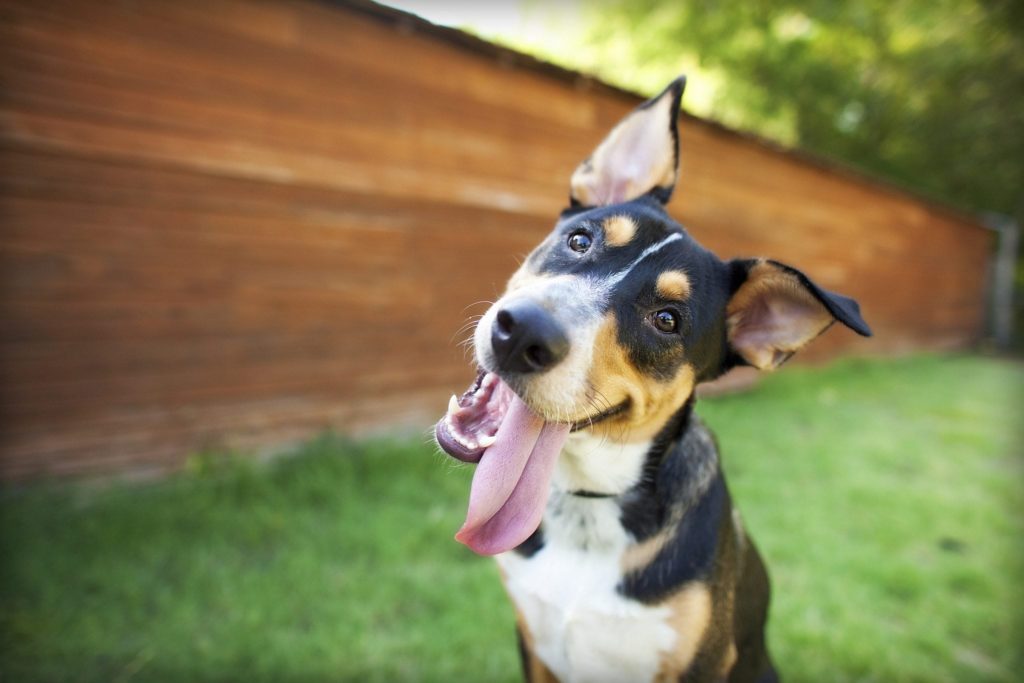Keeping Your Pet Safe in the Summer Heat


Watch for Heatstroke
Dogs can develop heatstroke fairly quickly. Signs of this include excessive panting, staring, anxious facial expressions, warm skin, refusal to obey commands by owner, vomiting, collapse and rapid heartbeat. If you suspect that your pet is suffering from this, lower the animal’s body temperature by applying towels soaked in cool water to the hairless areas of the body. Often the pet will respond after just a few minutes of cooling, only to falter again with his temperature soaring back up or falling to well below what is normal. If this happens, take the dog to the vet immediately – don’t try to solve this yourself.
Exercise with Caution
Pets need exercise even when it is hot, but show extra care to older and overweight pets that are more at risk from high temperatures. If you go for a run on the beach, limit exercise to early morning or evening hours. Extra caution should also be taken with short-nosed dogs, and those with thick coats.
Never Leave Your Dog Unattended in the Car
Pets can sustain damage or even succumb from heatstroke in only 15 minutes. Dogs can only cool themselves by panting and by sweating through their paw pads. If you see a dog left alone in a hot car, record the car’s color, model, make, and license plate number and have the owner paged in the nearest buildings, or call local humane authorities or police. Always have someone keep an eye on the dog and don’t leave the scene until the situation has been resolved.
Groom for the Summer
Giving your dog a lightweight summer haircut helps prevent overheating. Shave down to a one-inch length, but never to the skin, so your pet still has some protection from the sun. Brushing cats more frequently can prevent problems caused by excessive heat.
Pets Need Sunscreen Too
Cats and dogs can get sunburned too, especially if he/she has light-colored hair. Animal sunburns can cause the same problems as that of humans: peeling, redness and even cancer. As skin cancer in pets is a serious concern, purchasing pet-friendly sunscreen can go a long way in protecting the health of your pet when the heat kicks in. Places that are easy to forget, but prone to burning are: inside the nostrils, tip of nose, around your dog’s lips and the inside of ears for dogs with standup ears.
Pets Need Extra Water…But don’t let them drink just anything
Give your dog extra water during the summer, but be sure not to leave the water out for too long. Change the water often to prevent your pet from getting sick from bacteria that can grow in hot water. Also, when dogs are thirsty, they are bound to drink something they shouldn’t. Puddles of what may look like water on the ground can actually be dangerous chemicals, so keep an eye out when your dog is looking for something to sip.
The pool is a great way to cool down, but do not leave pets unsupervised at the beach or around the pool – not all pets are good swimmers. Introduce your pet to water gradually and make sure they wear flotation devices when on boats. To remove salt from their fur, rinse your pet after swimming in the ocean.
Avoid Crowded Outdoor Events
Warm temperatures and outdoor fun go hand-in-hand, but when the temperatures hit record highs, refrain from taking your pet to crowded summer events like concerts or fairs. The loud noises and crowds, combined with the heat, can be stressful and dangerous for pets.